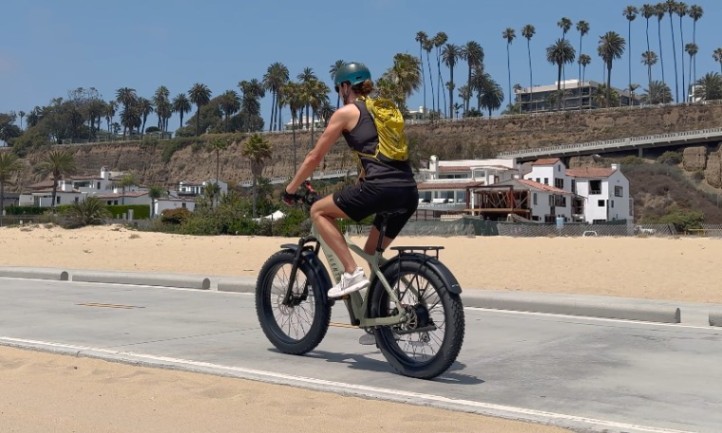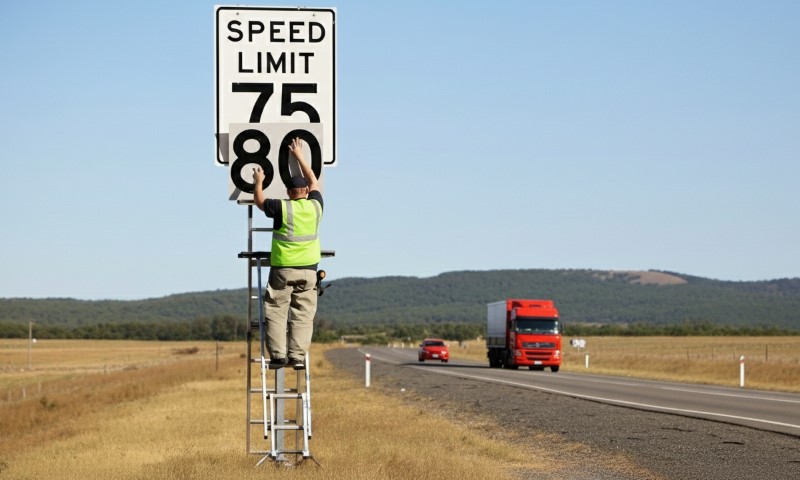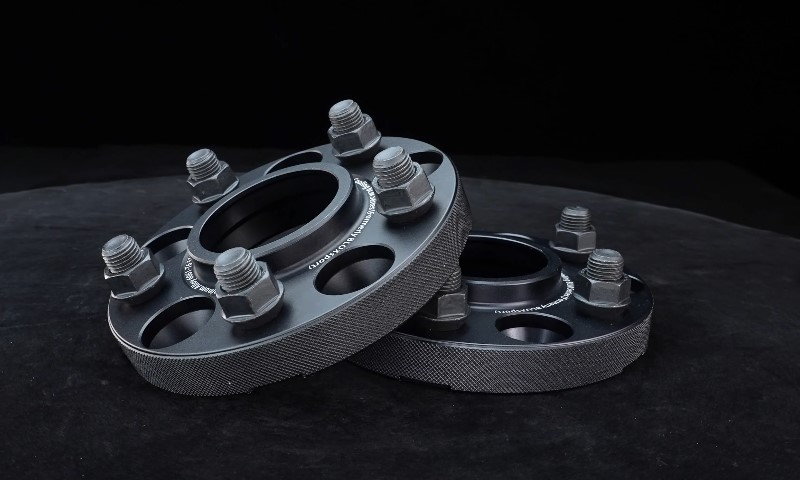
Share Post:
A newborn’s safety becomes top priority the moment that tiny human enters your life. People invest in plug covers, stair gates, and every childproofing gadget imaginable for the home.
Oddly enough, plenty of new guardians forget that a significant chunk of everyday life unfolds on the road—where hazards can lurk in plain sight.
It’s not simply about snapping a car seat into place and calling it a day. A vehicle demands careful planning and a bit of finesse to ensure a cozy and secure spot for that precious passenger.
Let’s peel back the curtain on key steps for creating a child-friendly environment on four wheels.
Table of Contents
ToggleSelecting the Right Car Seat
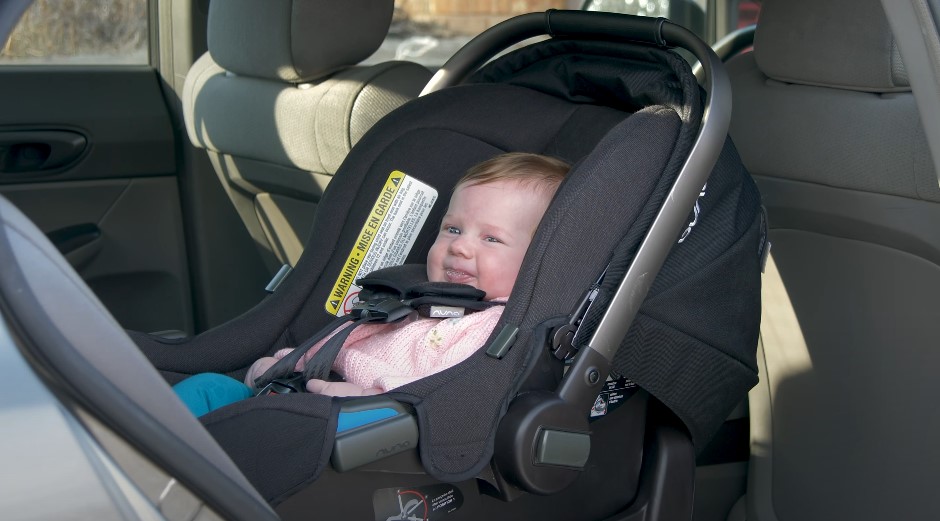
Car seat choice often sparks confusion. Many parents stand in an aisle lined with countless options and flashy marketing, trying to figure out which one is correct for their child’s needs.
Law enforcement guidelines, pediatrician recommendations, and manufacturer instructions can all look overwhelming. No wonder some parents stand there scratching their heads.
Yet that seat is the backbone of child safety on the road. It’s crucial to select a seat that lines up with a child’s age, weight, height, and stage of development. Three primary designs dominate the market:
Rear-Facing Seats
Ideal for infants and toddlers, rear-facing versions provide extra support for the head, neck, and spine.
According to HealthyChildren, pediatric authorities propose keeping little ones facing the back as long as possible. Each seat has its own weight or height limit, so reference that limit before turning the child forward.
Convertible Seats
Convertible models go from rear-facing to forward-facing. They span a wider range of sizes, making them a practical investment for those wanting to stick with one seat for a significant period.
Some parents appreciate not having to switch products every time their child hits a new growth spurt.
All-in-One Seats
Here’s a seat that can work from day one until booster-age. All-in-one seats handle rear-facing, forward-facing, and then transition to booster mode.
It’s essentially a one-and-done purchase, although some parents voice concerns over fit in smaller cars.
Important Factors When Choosing a Seat
- Vehicle Compatibility: Not every seat matches every automobile. Double-check fit guides and measurements to confirm a seat fits properly in your specific make and model.
- Ease of Installation: Some versions feature simpler installation than others. Clear instruction manuals, color-coded guides, and easy-access anchor systems can make a world of difference.
- Expiration Date: Car seats do expire, usually six to ten years from their manufacture date. Aging plastic and general wear can reduce effectiveness, so keep an eye on that stamped date.
A wise approach is to test a few models in person, if possible. Sit them on the backseat. Adjust harnesses and recline angles.
Proper Installation
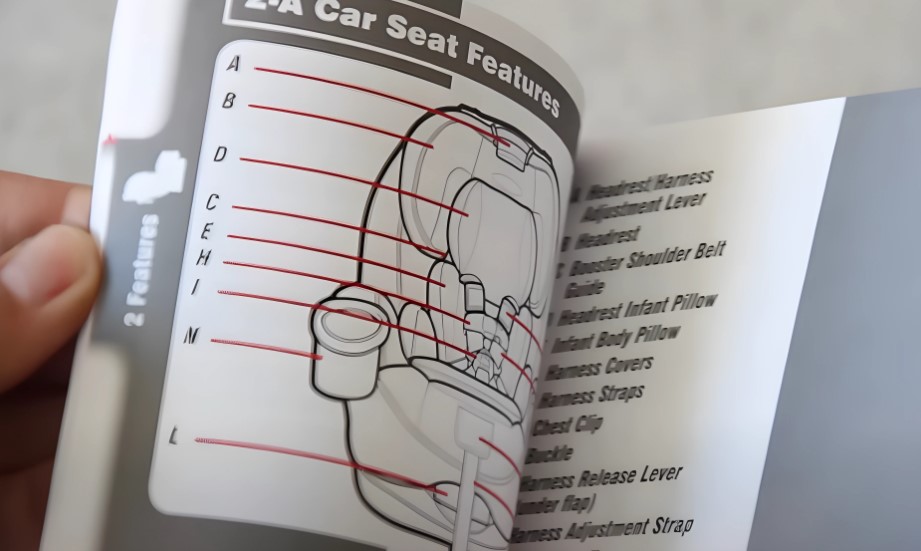
Car seats lose a lot of their protective power if they’re not installed correctly. A loosely anchored seat can shift more than it should during a sudden stop or collision, a situation no one wants to experience.
Officials often discover that a significant number of seats aren’t installed in line with guidelines, so it pays to follow best practices to a T.
1. Study Manuals
The car seat manual is vital. Pair it with the owner’s manual for your vehicle. Combine those instructions, and all the specifics regarding seat belt paths, anchor points, and recline angles become far clearer.
2. Choose LATCH or Seat Belt
Many modern vehicles feature the LATCH system (Lower Anchors and Tethers for Children). It often eases installation by skipping the seat belt process. However, if a seat belt provides a better fit in your automobile, go that route. The general rule is to stick with one method unless both vehicle and seat guidelines explicitly recommend combining them.
3. Tight Fit
After final adjustments, a seat should not shift more than an inch from side to side or front to back when gripped at the belt path.
Give it a firm tug. Any significant movement suggests the need for reinstallation or additional tightening.
4. Correct Recline Angle
Rear-facing seats typically include built-in angle indicators. Proper angle prevents a baby’s head from slumping forward, which can block airflow. It’s a common oversight, so don’t rush through that step.
5. Top Tether
When a child moves to a forward-facing seat, always latch the top tether. That strap attaches to an anchor point behind the seat (often on the rear shelf in sedans or on the back of the seat in SUVs and vans). The tether keeps the seat from tipping forward excessively.
Securing the Child in the Seat
A sturdy car seat means little if the harness isn’t used properly. Proper harness positioning and fit should be a routine part of buckling up.
- Harness Positioning: In rear-facing mode, the harness straps should align at or below shoulder level. For forward-facing, place them at or above shoulder height. That ensures the harness holds the torso effectively without pressing awkwardly on the neck.
- Snug Fit: Try pinching the strap near the shoulder. If there’s enough slack to pinch extra material, the harness is too loose. Tighten until it lays flat against the body, leaving no wrinkles or gaps.
- Chest Clip: The clip goes at armpit level. Sliding it too low or too high can cause the harness to slip off shoulders or ride too high near the neck, which compromises safety.
- Bulky Clothing: Thick coats might look cozy but can compress in a collision, creating dangerous slack. Dress the child in lighter layers, then add a blanket over the top of harnessed straps if needed.
Maintenance and Safety Checks
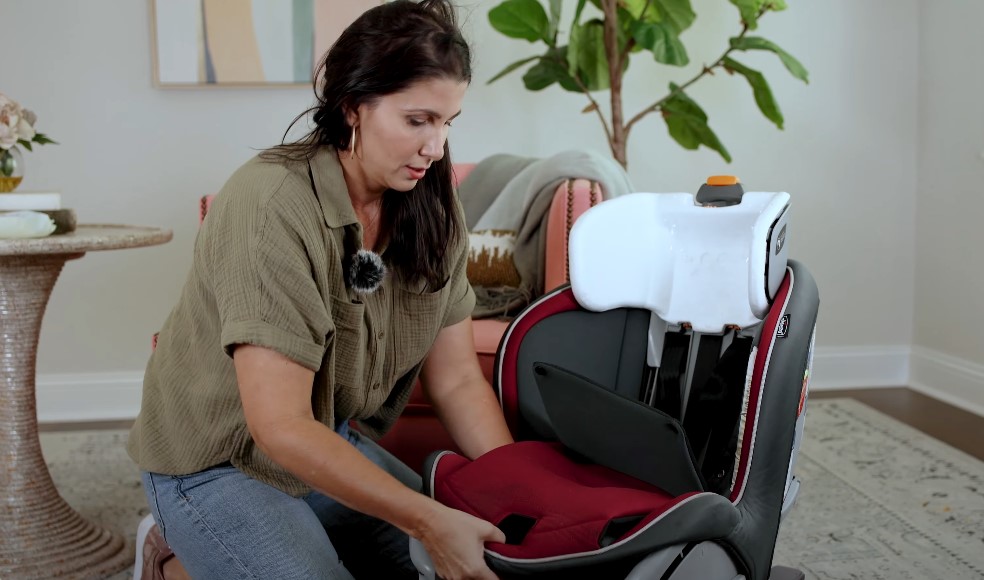
Gear of any kind demands periodic checks and care, especially something that faces temperature extremes, snack spills, and daily use.
1. Regular Inspections
Tug the seat side to side, confirm the harness setting matches the child’s current height, and see if the seat remains appropriately reclined. Children grow, so harness slots and seat angles need adjustments over time.
2. Cleaning
Each manufacturer offers guidelines for washing seat covers and harness straps. Some cleaning agents degrade seat materials, so read instructions carefully before launching into a deep clean.
Sticky crackers jammed into crevices are par for the course, but cleaning them out properly helps maintain a fully functional seat.
3. Recalls
Register a seat with the manufacturer. That simple step ensures swift notifications if a recall occurs.
Should an alert arise, follow the instructions promptly. It might involve a replacement part or a recommendation to swap the product.
Additional Vehicle Safety Measures
A well-chosen and properly installed car seat is the main event, but don’t neglect other risks.
Vehicle interiors can transform into an unexpected obstacle course if items aren’t properly stored or if children gain access to controls they shouldn’t be touching.
Activate Child Safety Locks
Almost every vehicle has a switch on the rear doors that prevents them from being opened from the inside. Lock those doors, particularly if an older baby or toddler loves fiddling with handles.
Secure Loose Items
A toy, a water bottle, or even a smartphone can become a projectile when brakes are slammed.
Toss non-essential objects in the trunk or secure them using cargo nets. It’s easy to forget about that baseball bat in the backseat until it flies forward during a sharp turn.
Window Controls
Many kids see power windows as the ultimate button of joy, pressing it repeatedly until an adult intervenes. Window locks can prevent tiny hands from playing with them. Additionally, while tinted windows can help reduce glare and keep the car cooler, it’s important to ensure they comply with local laws.
In Oklahoma, for example, according to lhllaw.com, front side windows must allow more than 25% of light to pass through.
Temperature Awareness
Never leave a child unattended in a vehicle. Interior temperatures can spike within minutes on a warm day, leading to serious injury or worse.
It’s also wise to keep spare towels or sunshades handy, as seatbelt buckles can heat up and burn delicate skin.
Rear-Seat Reminder
Before leaving the car, open the rear door. A quick glance ensures no one remains behind.
The unfortunate reports of children left in cars stand as a tragic reminder that routines can fail, so develop a personal check system.
Emergency Preparedness

No one wants to imagine car accidents, yet it’s prudent to prepare. Quick action after a crash can make an enormous difference in protecting a child’s well-being.
- Leave the Child Seated: In minor or moderate collisions, keep a child strapped in unless there’s an immediate threat (like fire). Removing a child prematurely can aggravate possible injuries in the neck or spine. Wait for medical professionals to provide guidance.
- Emergency Contacts: Keep a list of phone numbers in the glove box or on your phone, including pediatricians and close family members. Label them clearly. Stressful moments can cloud even the sharpest memory.
- First Aid Skills: Basic first aid and CPR training might never be used, but it’s invaluable if a situation arises. Local Red Cross chapters and community centers often run regular classes at low cost or free.
Summary
Car seat installation, maintenance checks, and thoughtful preparation within the vehicle might feel like extra tasks on top of an already jam-packed parenting routine. Still, the goal is peace of mind.
A properly secured seat paired with child safety locks, thorough caretaker education, and consistent seat belt habits can shrink risks considerably. One day, that baby will grow up and buckle themselves in with an automatic sense of caution—and that’s no small victory.
Safe driving and responsible car use might not always generate applause, yet it stands as an invaluable element of raising a healthy, protected child.
Related Posts:
- How to Secure Your Teen’s First Car - Safety Tips…
- How to Get Paint off Your Car - Tips and Tricks for…
- What’s New in the 2025 Chevy Equinox? 7 Features to Watch
- 10 Best Cars of the 2010s That Still Feel New in 2025
- New Federal Laws Targeting Self-Driving Vehicle…
- State Laws on Autonomous Vehicle Testing in 2025:…





